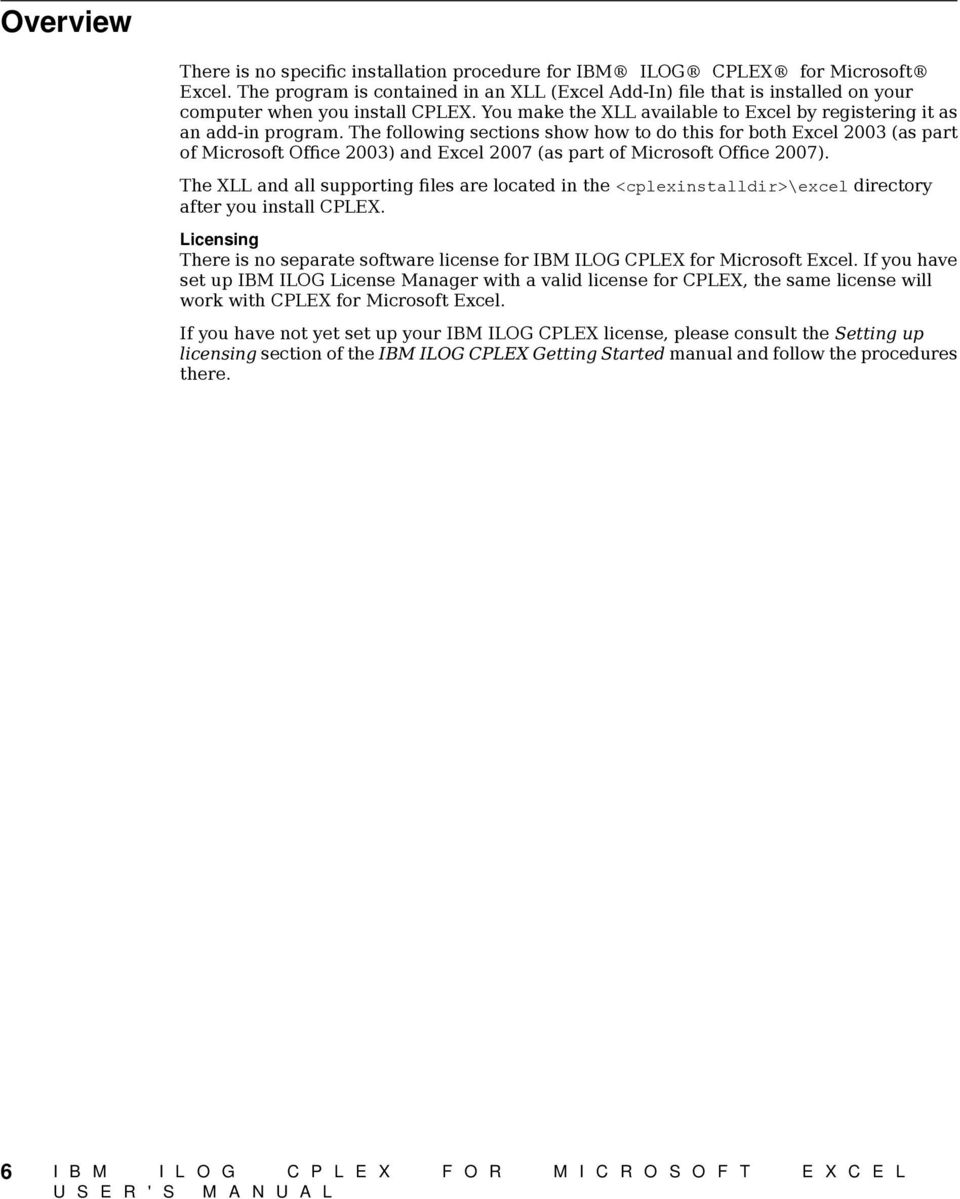
Specify the on the command line by using the -D option. The extra directory path added to will not as it existed at the very start of the program. System.loadLibrary will still look in the directories listed in Adding a directory to here will not change anything. For example, this does not work:Īlso, modifying the from within Java code does not work either: Important: Setting the PATH environment variable from a MS-DOS command prompt has no effect on.
Click "Advanced" tab ("Advanced system settings" link in Vista). Reopen Command prompt window, and run your java code. If you do not have the item PATH, you may select to add a new variable and add PATH as the name and the location of the class as the value. 
In the Edit windows, modify PATH by adding the location of the class to the value for PATH.
 Click on Environment Variables, under System Variables, find PATH, and click on it. Start -> Control Panel -> System -> Advanced. Modify the PATH environment variable to include the directory where the DLL is located.ĭo this by modifying the PATH environment variable from the Windows Control Panel. To load "chilkat.dll", call System.loadLibrary("chilkat"), as shown here:ģ. The loadLibrary method may be used when the directory containing the DLL is in. The directories may be listed in a different order, and the current directory "." should be present in, but may not be listed in the PATH environment variable. Note: The is initialized from the PATH environment variable. StringTokenizer parser = new StringTokenizer(property, " ") String property = System.getProperty("") To see the current value of the PATH environment variable, open a MS-DOS prompt and type: echo %PATH%Īnother way of viewing the is to run this Java code: Copy the DLL to one of the paths already listed in ("Native code library failed to load.\n" + e) Ģ. System.load("C:/chilkatJava/chilkat.dll") This choice removes all uncertainty, but embeds a hard-coded path within your Java application. Call System.load to load the DLL from an explicitly specified absolute path. If using Eclipse, set the in Eclipse for development/debugging.ġ. Specify the on the command line by using the -D option. Modify the PATH environment variable to include the directory where the DLL is located. Copy the DLL to one of the paths already listed in. Call System.load to load the DLL from an explicitly specified absolute path. I will list them briefly here, followed by examples and further explanation below. There are several ways to make it possible for the Java runtime to find and load a dynamic library (DLL) at runtime.
Click on Environment Variables, under System Variables, find PATH, and click on it. Start -> Control Panel -> System -> Advanced. Modify the PATH environment variable to include the directory where the DLL is located.ĭo this by modifying the PATH environment variable from the Windows Control Panel. To load "chilkat.dll", call System.loadLibrary("chilkat"), as shown here:ģ. The loadLibrary method may be used when the directory containing the DLL is in. The directories may be listed in a different order, and the current directory "." should be present in, but may not be listed in the PATH environment variable. Note: The is initialized from the PATH environment variable. StringTokenizer parser = new StringTokenizer(property, " ") String property = System.getProperty("") To see the current value of the PATH environment variable, open a MS-DOS prompt and type: echo %PATH%Īnother way of viewing the is to run this Java code: Copy the DLL to one of the paths already listed in ("Native code library failed to load.\n" + e) Ģ. System.load("C:/chilkatJava/chilkat.dll") This choice removes all uncertainty, but embeds a hard-coded path within your Java application. Call System.load to load the DLL from an explicitly specified absolute path. If using Eclipse, set the in Eclipse for development/debugging.ġ. Specify the on the command line by using the -D option. Modify the PATH environment variable to include the directory where the DLL is located. Copy the DLL to one of the paths already listed in. Call System.load to load the DLL from an explicitly specified absolute path. I will list them briefly here, followed by examples and further explanation below. There are several ways to make it possible for the Java runtime to find and load a dynamic library (DLL) at runtime. 
How to Load a Java Native/Dynamic Library (DLL) Downloads Products Support Company Examples Buy (MS Windows)







 0 kommentar(er)
0 kommentar(er)
